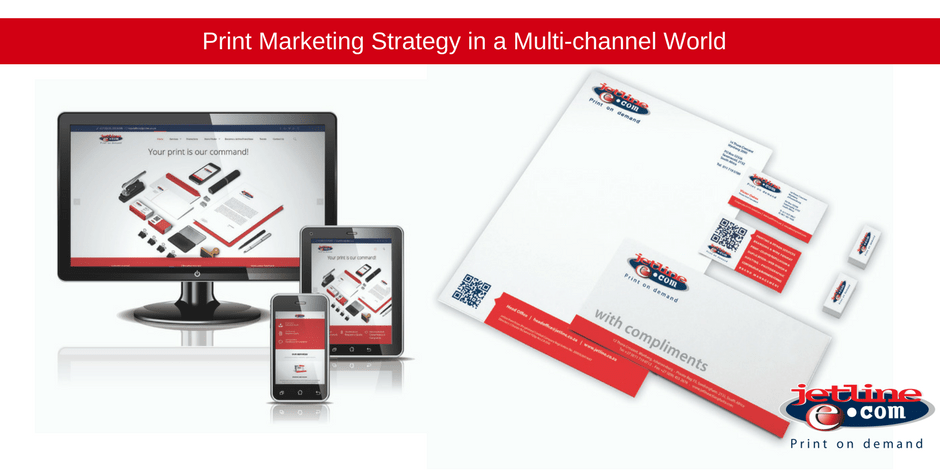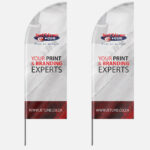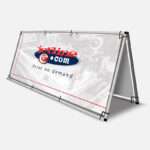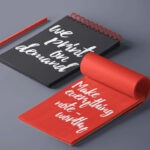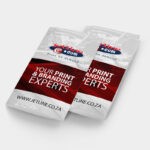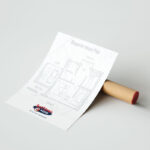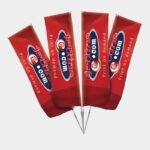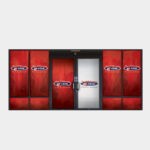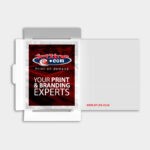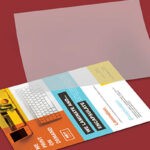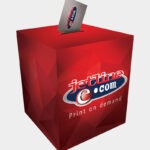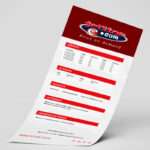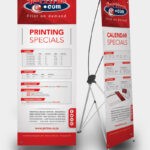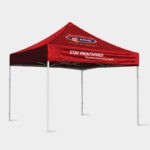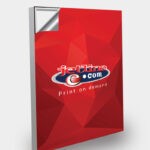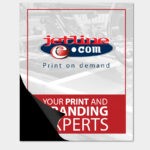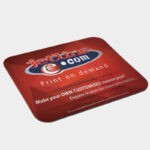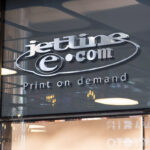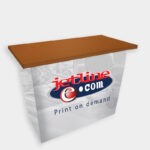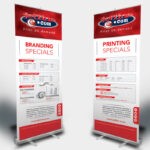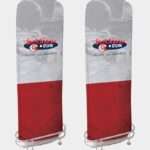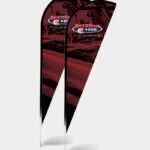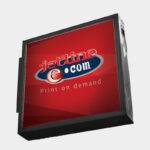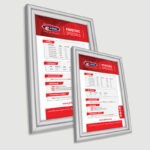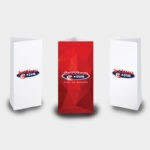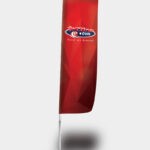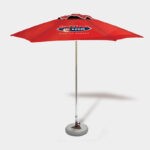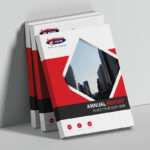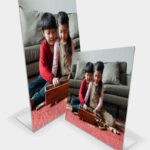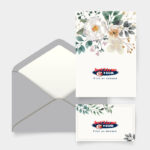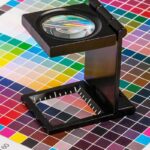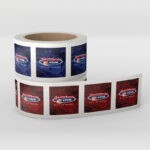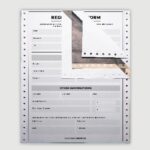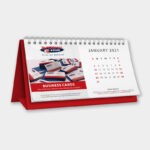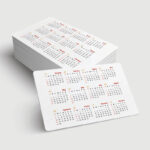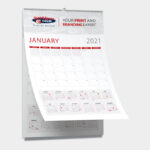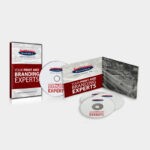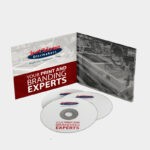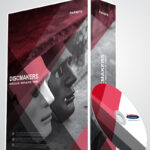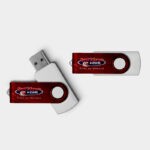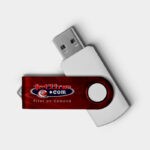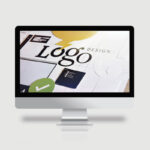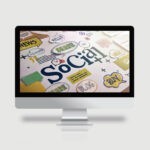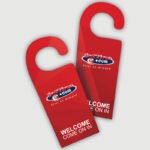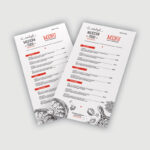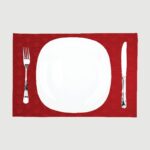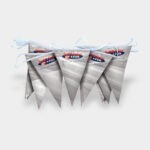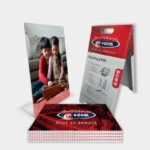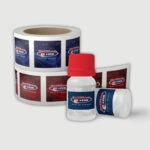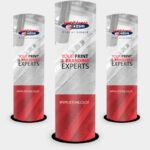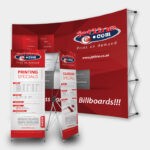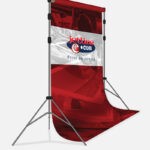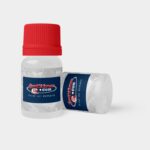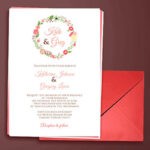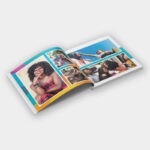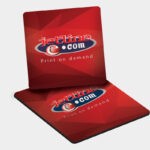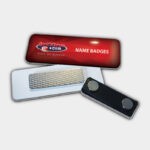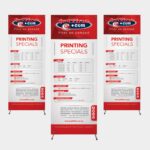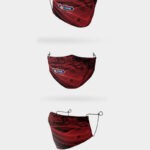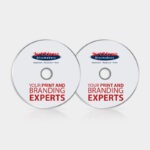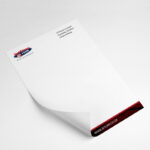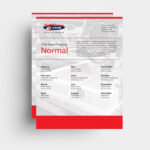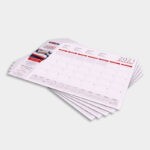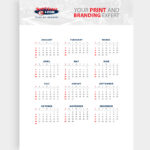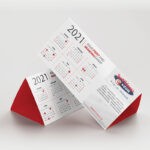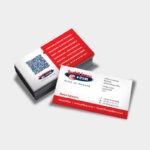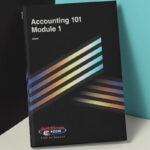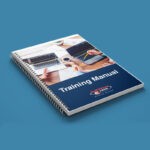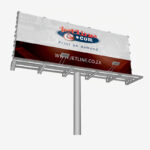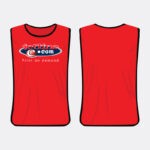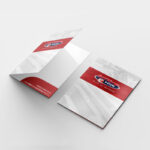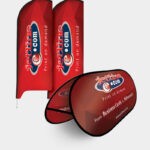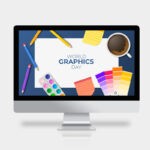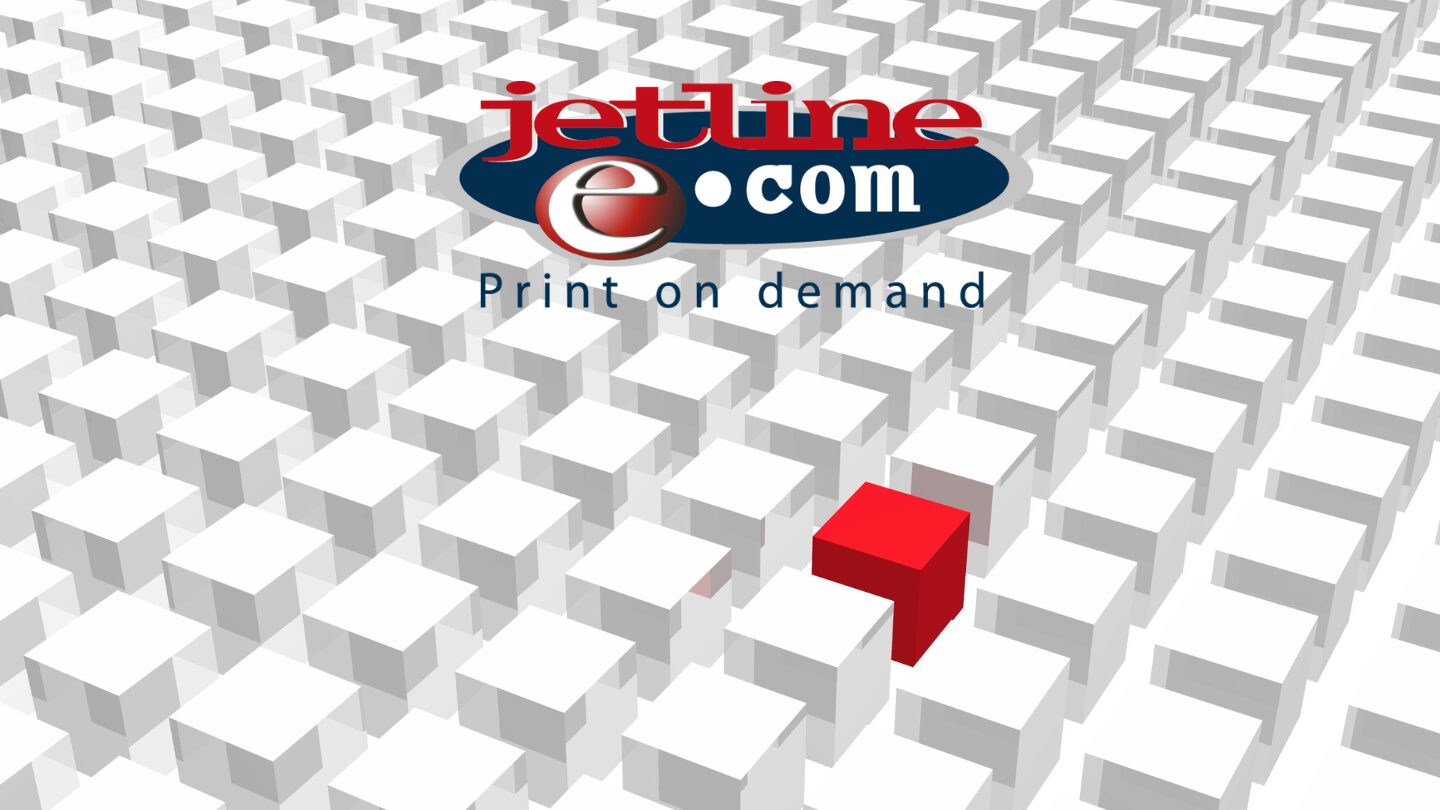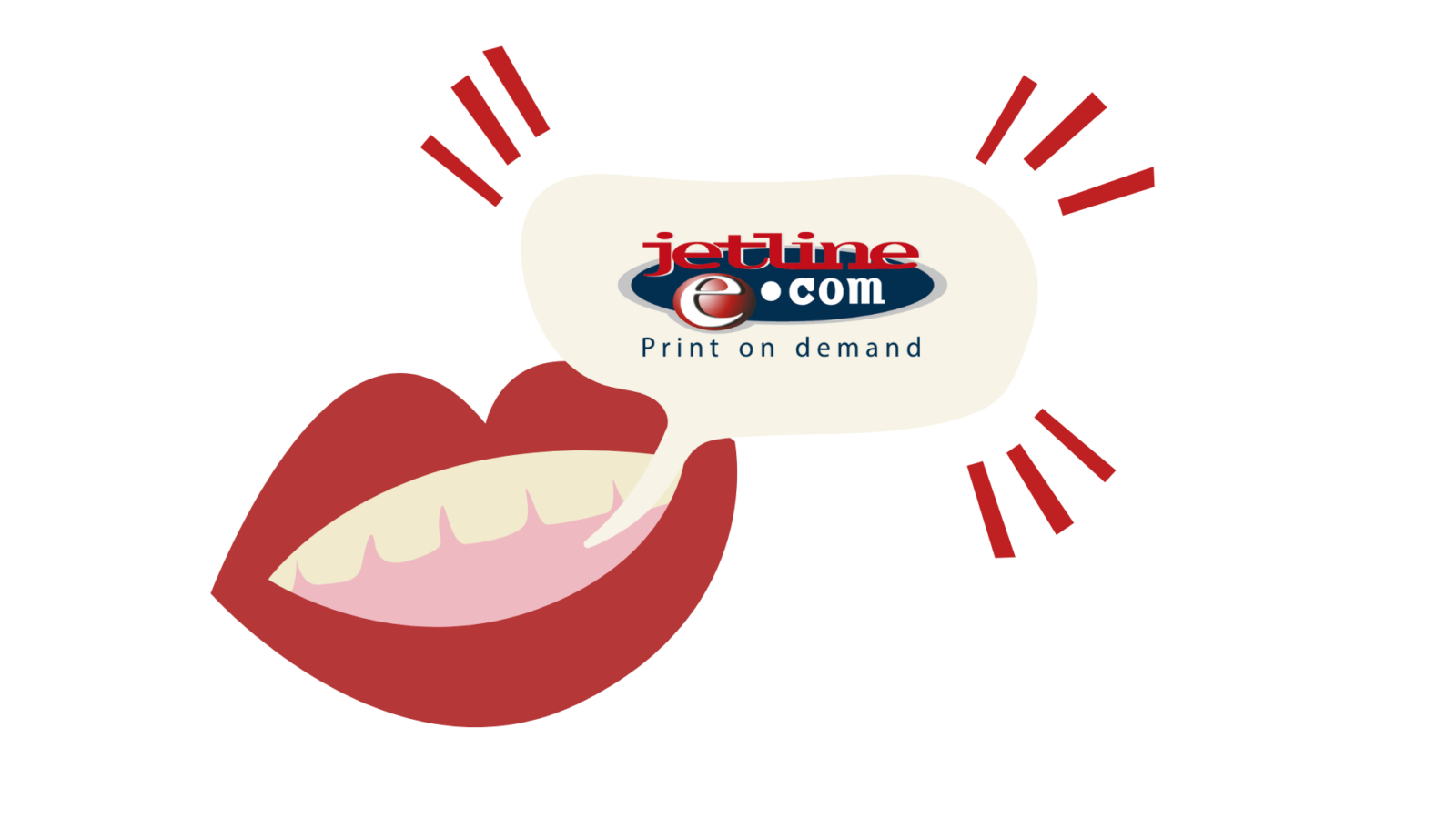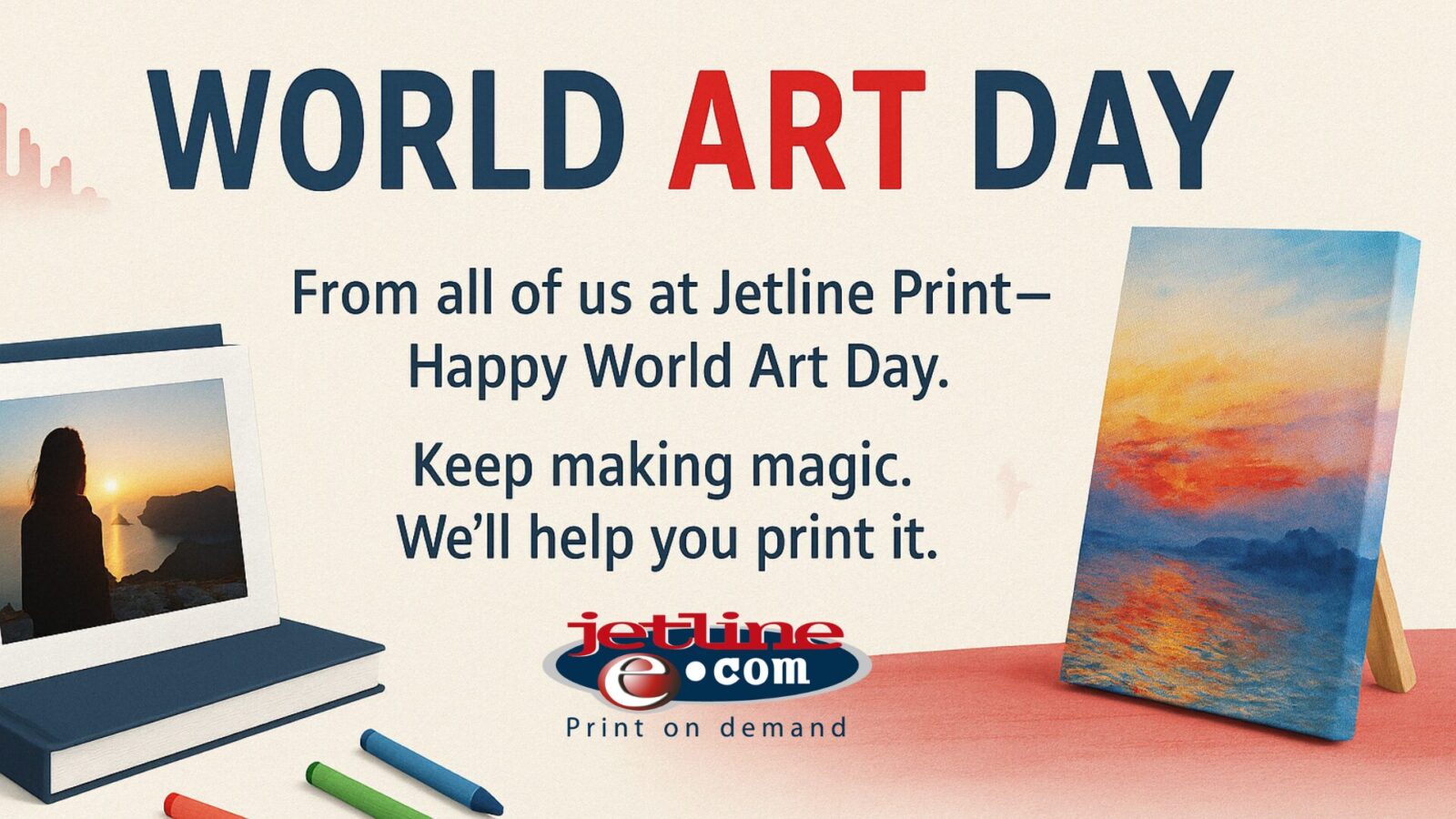“When brands appeal to more than 3 senses, advertising effectiveness will increase by 70%”
(Martin Lindstrom, Brand Sense.)
The most important aspect of print media is its “tangibility.” Print marketing offers the consumer a sensory experience. The feel of the newspaper, the smell of dried ink, the turning of the pages…
Print has the power to trigger the senses, eliciting emotions in the reader – and this is why it is, and will always be, a powerful marketing tool.
Print Media and Strategic Alignment
Print advertising is easily accessible, engaging, creative, and available in large or small quantities. Each print media tool plays an important role in the life of the audience, and when used strategically, print is the perfect marketing medium.
Magazines and newspapers are part of a person’s day to day life, a part of their daily ritual. These printed materials offer the reader insight, entertainment, and education.
Brochures and catalogs educate consumers, encouraging them to make a purchase decision. These print marketing options allow for creativity, with space for awesome visuals, call to actions, and informative, easy to navigate content.
As a marketing tool, direct mail has the unique ability to gain access into the home of the consumer, delivering a targeted sales message.
On their own, each print medium fulfills an important marketing role. But when strategically aligned, they can form an epic campaign for any brand.
Customer Engagement and Print Media
A powerful marketing campaign is determined by audience engagement. If you have not created dialogue with the consumer or stirred their interest, then your marketing plan is flawed.
Print gives you the opportunity to provide your target market with engaging, rewarding, and attention grabbing content.
Billboard advertising is still one of the most effective marketing platforms. We may live in the digital age, but we still take to the roads, and we still need something to look at in traffic.
Print media such as leaflets, magazines, newspapers, and brochures offer a variety of content opportunities, from newsworthy stories and educational articles, to special offers and product placements. All of this creates engagement between your business and the reader.
Print Marketing and Neurological Facts
Studies have identified the key difference between the way people process digital and printed information.
It has been discovered that print readers are able to read longer articles (and process them) because the medium does not come with distractions. This means that the reader gives the content their full attention. This is referred to as “deep reading,” which in turn becomes “deep thinking.”
As opposed to the countless distractions that appear online, print gives the reader the chance to digest information and retain this information.
Print Marketing meets Digital Marketing
Our lives are online. We have social media to see what is happening with our friends, google to provide us with answers, and YouTube gives us some entertainment.Print advertising also gets the reader online through informative and visually appealing content. An eye-catching brochure or billboard with a powerful CTA can direct your audience to visit your website or social media platforms.
This strategy forms a bridge between print media and a brand online presence, inviting consumer reaction, feedback, and purchase.
Jetline offers advanced solutions for all your print marketing and digital marketing needs.
Contact Jetline Print on Demand: Here
Contact Jetweb Digital on Demand

